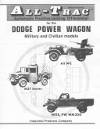
All Trac Manual-1
courtesy of the author
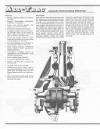
All Trac Manual-2
courtesy of the author
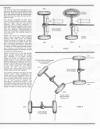
All Trac Manual-3
courtesy of the author
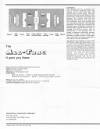
All Trac Manual-4
courtesy of the author
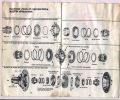
NoSPIN parts page
courtesy of Tom Petroff
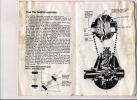
NoSPIN parts page
courtesy of Tom Petroff
Copyright © 2004- - Clint Dixon
All Rights Reserved